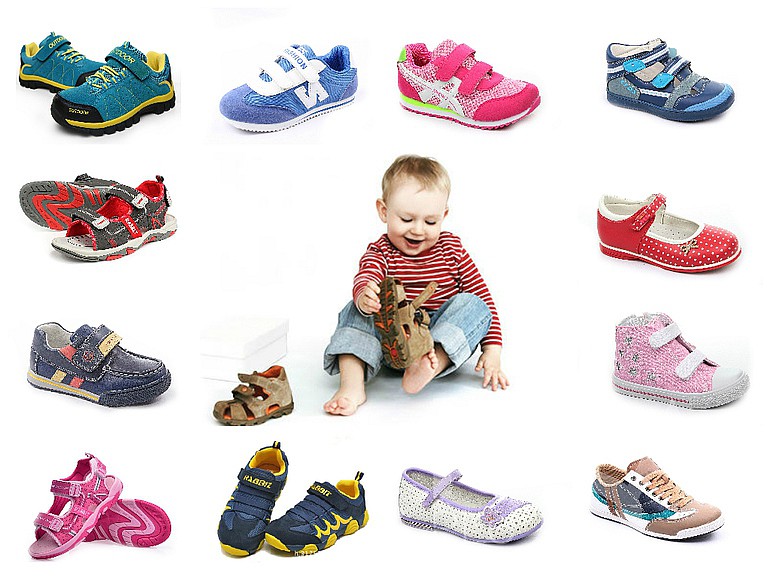
A Guide to Buying Essential Shoes for Israeli Parents: What to Look for
Choosing the right shoes for your child is critical to their comfort, foot health, and overall well-being. With so many options available, navigating the world of children's shoes can be challenging. To help you make informed decisions when purchasing shoes for your child, here is a detailed guide on what to look for:
1. Correct landing:
- Size: Make sure the shoes fit your child's feet correctly. Don't buy shoes that are too tight or loose. Measure your baby's feet regularly, as their size may change frequently as they grow.
- Toe Space: Leave a thumb-width space between your child's longest toe (usually the big toe) and the front of the shoe to allow for growth and mobility.
- Width: Choose shoes that match the width of your child's feet. Choose styles with a wide toe box to allow your toes to rest naturally.
2. Support and stability:
- Arch support: Although children typically have flat feet, some may benefit from shoes with arch support, especially if they have high arches or problems with pronation. Choose shoes with soft insoles and sufficient arch support.
- Ankle Support: Choose shoes with durable heels and ankle support to increase stability and prevent injury, especially for active children or those with weak ankles.
3. Quality materials:
- Breathability: Choose shoes made from breathable materials such as leather, mesh or canvas to allow air circulation and prevent excessive sweating and odor.
- Durability: Choose shoes with durable construction and quality craftsmanship that can withstand daily wear and tear. Reinforced stitching, a durable outsole and durable upper provide durability and reliability.
4. Flexibility and comfort:
- Flexibility: Choose flexible shoes that allow your feet to move naturally. Bend the shoe at the foot so it bends easily with each step your child takes.
- Cushioning: Choose shoes with soft insoles or padding for comfort and cushioning, especially for active children who spend long hours on their feet.
5. Security Features:
- Non-slip soles: Choose shoes with non-slip soles to help prevent slips and falls, especially on wet or slippery surfaces.
- Toe Protection: Choose shoes with reinforced toes or collars to protect your child's toes from bruises and impacts, especially during outdoor sports.
6. Simple clasps:
- Comfort: Choose shoes with easy-to-use closures, such as Velcro straps, buckles, or elastic laces. Adjustable clasps provide a customized fit and make it easy for children to get the shoes on and off independently.
7. Consider school requirements:
- Compliance with Uniform Requirements: If your child's school has specific dress code requirements, make sure the shoes comply with the school's dress code guidelines for style, color, and design.
By following these guidelines and prioritizing factors such as proper fit, support, comfort and quality, you can confidently choose shoes that suit your child's needs. Be sure to involve your child in the shoe shopping process so that they feel comfortable and happy with their choice. Investing in high-quality shoes that provide proper support and protection will contribute to the overall health of your child's feet.






